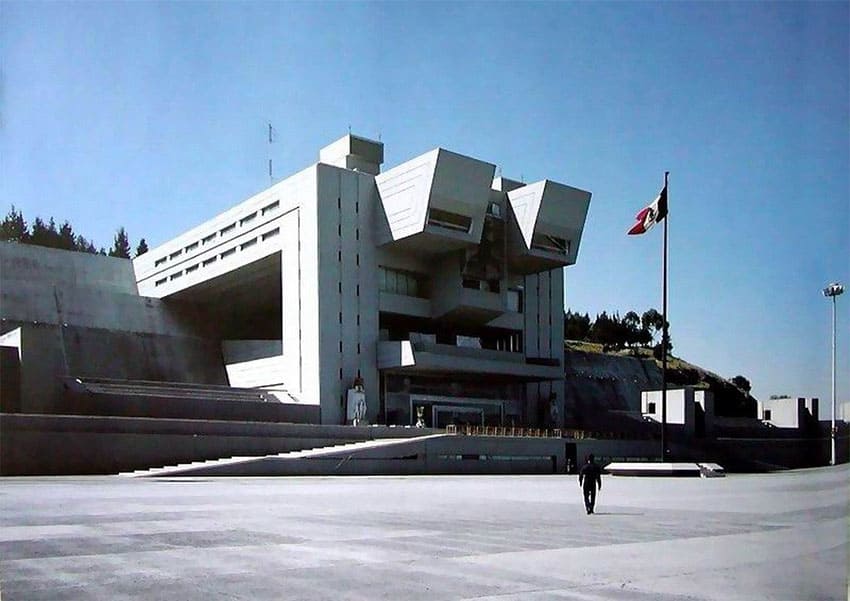Agustín Hernández Navarro, who was forced by his mother to study architecture and later became one of the most acclaimed Mexican architects of his generation, died on Thursday afternoon at the age of 98 after 20 days in the hospital, his son Roberto Hernández reported.
“With him goes the last of his generation,” Roberto said.
Hernández Navarro was one of the main exponents of the so-called emotional architecture that fused the teachings of Bauhaus with pre-Hispanic elements. His greatest built project was the Heróico Colegio Militar (Heroic Military Academy), the epitome of Mexican modern architecture and of his own work.
“The Heroic Military Academy has been my most important work because it’s an urban complex with a very organized structure. Reconciling the spaces, the volumetry, the open areas, and the internal functioning of all the cadets in training to give it an order was very difficult,” Hernández said in an interview for Proceso magazine in 2004.

The building, the size of 35 football fields in the outskirts of Mexico City, managed to combine elements from the ancient cities of Monte Albán, Teotihuacán and Tajín, with modern and futuristic features. In fact, the building was the setting for Arnold Schwarzenegger’s movie Total Recall set in the year of 2080. “It is so nice to see that my work is still relevant,” Hernández told El País in an interview just last month.
He also designed the Escuela de Ballet Folklórico de México (Folkloric Ballet School), whose founder and director is actually Antonio’s sister, Amalia Hernández. Built in 1966, it uses elements inspired by Mexico’s pre-Hispanic history like the trapezoidal and staggered shapes reminiscent of the slope-and-panel architectural style of the Mayan pyramids.
Among his most famous works are also the Meditation Center in the city of Cuernavaca; the Mexican Pavilion at the Osaka Expo in Japan; the Gynecology-Obstetrics Hospital No. 4 in Mexico City; and his own house and office, Casa en el Aire (House in the Air) located in Bosques de las Lomas, Mexico City.
Born in 1924, he studied architecture at the National Autonomous University of Mexico (UNAM) and received numerous national and international recognitions, including the top prize at the Urban Land Institute in the United States; the first place for the Premio Nacional de Arquitectura (National Architecture Awards) and the Medalla de Bellas Artes (Fine Arts Medal), granted in 2019 for a career dedicated to architecture.
With reports from Reforma, El Universal and El País
